As the peace process has stalled between the Zaydi Shia Houthi rebels and the Saudi-led coalition in Yemen, Saudi Arabia and the United Arab Emirates have entrenched their hold on strategic parts of the country. Riyadh and Abu Dhabi are unlikely to give up their gains without significant international pressure.
The Saudis have focused their attention on the Eastern governorate or province of al-Mahrah, Yemen’s second largest, which borders on Oman. Al-Mahrah is far from the Houthi-controlled territory in north Yemen and is populated by Sunni Muslims. Many of al-Mahrah’s residents are Mahri speakers, which further distinguishes them from the Arabic speakers throughout the rest of Yemen. It may have as many as 300,000 residents although population estimates in Yemen are very speculative. Mahri has long been closely associated with the Omani province of Dhofar next door, which also has a small population of Mahri speakers.
Beginning in 2017, the Saudis gradually took control of al-Mahrah. They occupied the capital and the port and took control of the border posts with Oman. Saudi troops now control the province. Human Rights Watch has reported the Saudis and local allied tribes have used force, torture, and arbitrary detention to squelch any opposition to their occupation. The Saudis have 20 bases and outposts in the province now.
Taking al-Mahrah gives Saudi Arabia direct access to the Indian Ocean. Riyadh plans to build an oil pipeline from its Eastern Province through al-Mahrah to the sea, according to some reports. That would ease Saudi dependence on the Straits of Hormuz for exporting oil, reducing the Iranians’ potential leverage over Riyadh.
The Omanis are closely monitoring the Saudis’ role in al-Mahrah. Al-Mahrah was the base for communist South Yemen to support the Dhofar rebellion in the 1970s, which was defeated after the Shah of Iran sent troops to help the Omani army. Oman is the only Gulf monarchy which did not join the Saudi war coalition and has remained neutral in Yemen, often hosting foreign talks with the Houthis in Muscat. Sultan Qaboos decided in 2016 that the Saudi decision to intervene in Yemen was reckless and misguided. His successor is rightly concerned about the future of Yemen, especially the southeastern provinces of al-Mahrah and Hadramawt.
Abu Dhabi, on the other hand, is focused on Yemen’s strategic islands. The UAE has downsized its role in the war in the last year. The Emiratis have quietly chosen to get out of the Yemeni quagmire as much as possible and have substantially reduced their presence in Aden. They still have some small pockets of troops in Mokha, Shabwa, and a couple of other locations.
But they are very active in several key islands. Most recently, satellite imagery has shown that the UAE is building a sizable air base on the island of Mayun which is located in the Bab el-Mandeb Strait that links the Red Sea to the Gulf of Aden. Five square miles in size, the island is key to the control of the Bab el-Mandeb or “Gate of Tears.”
Mayun, also known as Perim, has been a goal of empires since ancient times. Portugal and the Ottoman Empire fought over it in the 1600s. The British grabbed it from the Ottomans in 1857 as the Suez Canal was built. The communist People’s Democratic Republic of Yemen (PDRY) took control in 1968 and together with Egypt blockaded the straits to Israel during the 1973 war. The Houthis took it in 2015, only to lose it to the Emiratis in 2016.
Abu Dhabi is also in control of the island of Socotra in the Gulf of Aden. Much larger than Mayun, Socotra has 60,000 residents and is the largest island in the archipelago also named Socotra. Historically it was part of the Sultanate of Mahra before becoming part of the PDRY. The Emiratis have a military base which is used to collect intelligence on maritime traffic in the Bab el-Mandeb and the Gulf of Aden.
Recently there were press reports of Israeli tourists visiting Socotra as part of the Abraham Accords between Israel and the UAE. Thousands of Israelis have visited Dubai and Abu Dhabi, and apparently some are taking advantage of weekly flights to the island. The government of Yemeni President Abed Rabbo Mansour Hadi has protested the tourism and demanded Yemeni sovereignty be restored on the island, but Abu Dhabi long ago dismissed Hadi as ineffectual.
Both Riyadh and Abu Dhabi are eager to get some advantage out of the expensive quagmire they jumped into in 2015. Territorial acquisition of strategic terrain may be the only gain possible. The acquisition may be de facto and never accepted by any Yemeni government. The fiction of Yemen’s territorial integrity and sovereignty may cover the facts on the ground.
The United States should not be a party to the dismemberment of Yemen. It is not too early to quietly put down a marker that if a cease-fire is arranged in Yemen, the Saudis and Emiratis will need to evacuate al-Mahrah, Mayun, and Socotra, and return control to the Yemenis.
The Brookings Institution is committed to quality, independence, and impact.
We are supported by a diverse array of funders. In line with our values and policies, each Brookings publication represents the sole views of its author(s).

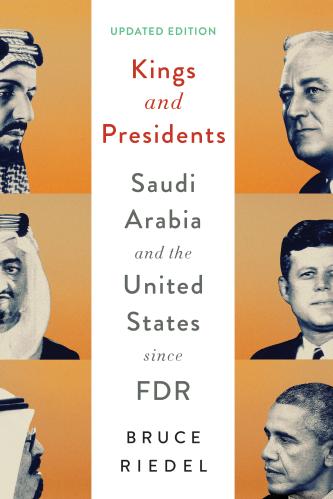


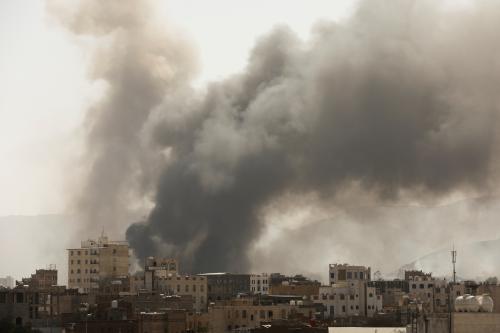

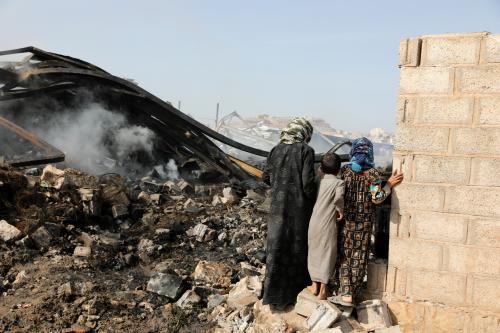

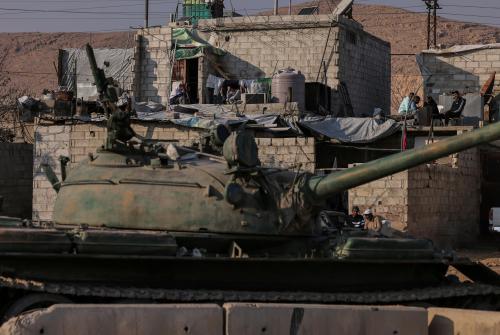
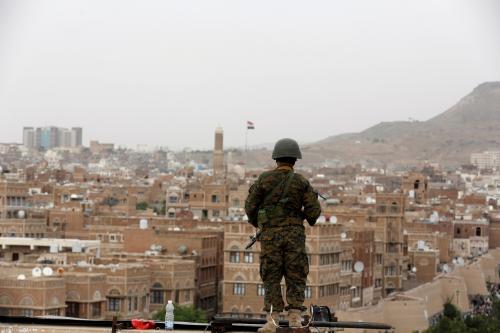
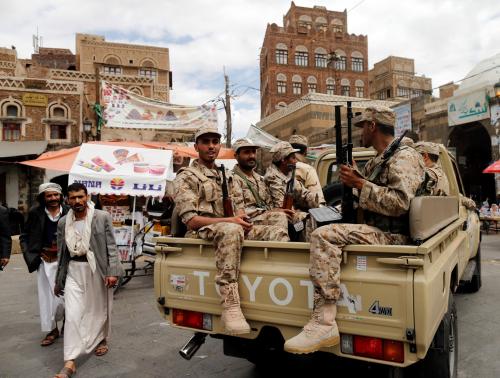
Commentary
Saudi Arabia and the UAE consolidating strategic positions in Yemen’s east and islands
May 28, 2021